|
[1]
|
罗辑,程根伟,宋孟强,等.贡嘎山峨眉冷杉林凋落物的特征[J].植物生态学报,2003,27(1):59~65. |
|
[2]
|
雷丕锋.杉木人工林土壤碳贮量及形成机理的初步研究[D].中南林学院,2004. |
|
[3]
|
刘颖,韩士杰,林鹿.长白山四种森林类型凋落物动态特征[J].生态学杂志,2009,28(1):7~11. |
|
[4]
|
Wang G G,Klinka K.White spruce foliar nutrient concentrations in relation to tree growth and soil nutrient amounts[J].Forest Ecology & Management,1997,98(1):89~99. |
|
[5]
|
肖复明.杉木人工林生态系统碳平衡研究[D].江西农业大学,2003. |
|
[6]
|
方晰,田大伦,项文化,等.杉木人工林凋落物量及其分解过程中碳的释放率[J].中南林业科技大学学报,2005,25(6):12~16. |
|
[7]
|
Xu Z,Zhu J,Wu F,et al.Effects of litter quality and climate change along an elevational gradient on litter decomposition of subalpine forests,Eastern Tibetan Plateau,China[J].Journal of Forestry Research,2016,27(3):505~511. |
|
[8]
|
窦荣鹏.亚热带9种主要森林植物凋落物的分解及碳循环对全球变暖的响应[D].浙江农林大学,2010. |
|
[9]
|
沈海龙,丁宝永,沈国舫.樟子松人工林下针阔叶凋落物分解动态[J].林业科学,1996, 32(5):393~402. |
|
[10]
|
王希华,黄建军,闫恩荣.天童山国家森林公园常见植物凋落叶分解的研究[J].植物生态学报,2004,28(4):457~467. |
|
[11]
|
屠梦照,姚文华,翁轰,等.鼎湖山南亚热带常绿阔叶林凋落物的特征[J].土壤学报,1993,30(1):34~41. |
|
[12]
|
马志贵,王金锡.大熊猫栖息环境的森林凋落物动态研究[J].植物生态学与地植物学学报,1993,17(2):155~163. |
|
[13]
|
李巧玲,曾辉.美国南卡罗来纳州森林湿地十种典型植物凋落叶的分解特征[J].生态学报,2017(7
). |
|
[14]
|
刘颖,武耀祥,韩世杰,等.长白山四种森林类型凋落物分解动态[J].生态学杂志,2009,28(3):400~404. |
|
[15]
|
赵萌.杉木人工林土壤微生物数量及其与土壤因子的关系[D].中南林业科技大学,2007. |
|
[16]
|
方晰.杉木人工林生态系统碳贮量与碳平衡的研究[D].中南林学院,2004. |
|
[17]
|
罗辑,程根伟,陈斌如,等.贡嘎山垂直带林分凋落物及其理化特征[J].山地学报,2003,21(3):287~292. |
|
[18]
|
罗辑,赵义海,李林峰.贡嘎山东坡峨眉冷杉林C循环的初步研究[J].山地学报,1999,17(3):251~254. |
|
[19]
|
罗辑,程根伟,李伟,等.贡嘎山天然林营养元素生物循环特征[J].北京林业大学学报,2005,27(2):13~17. |






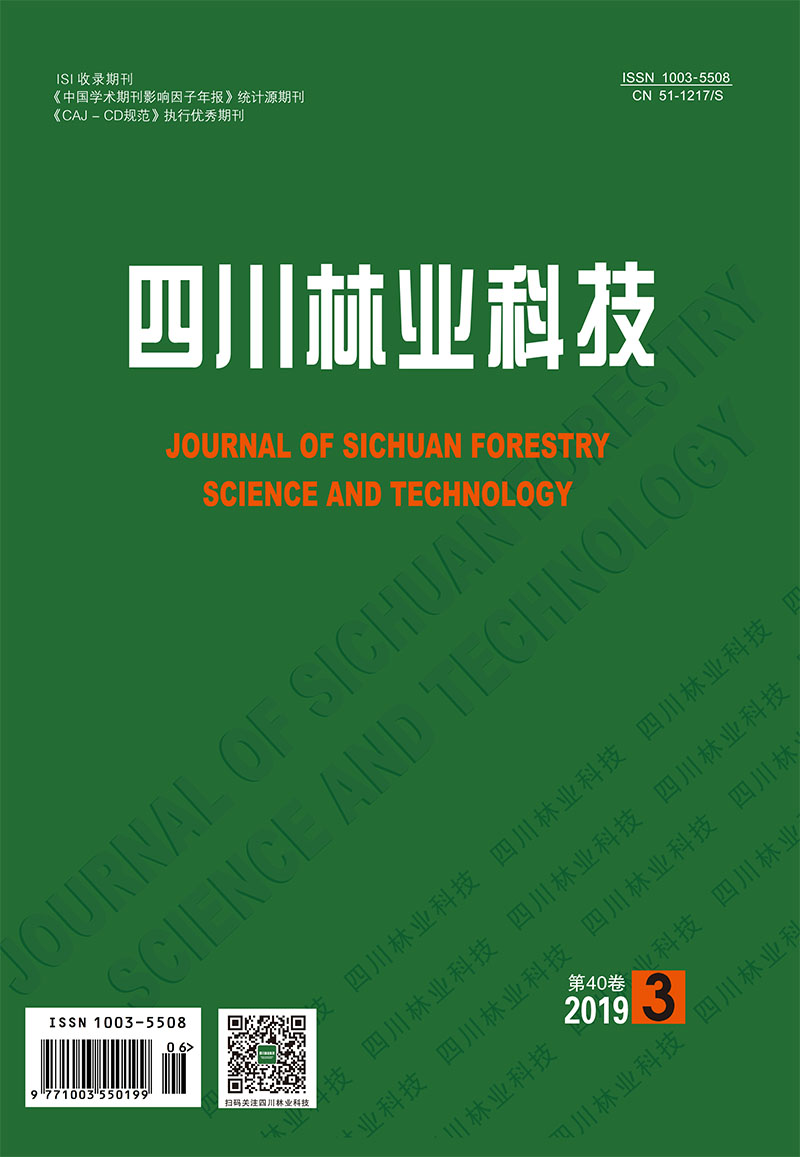




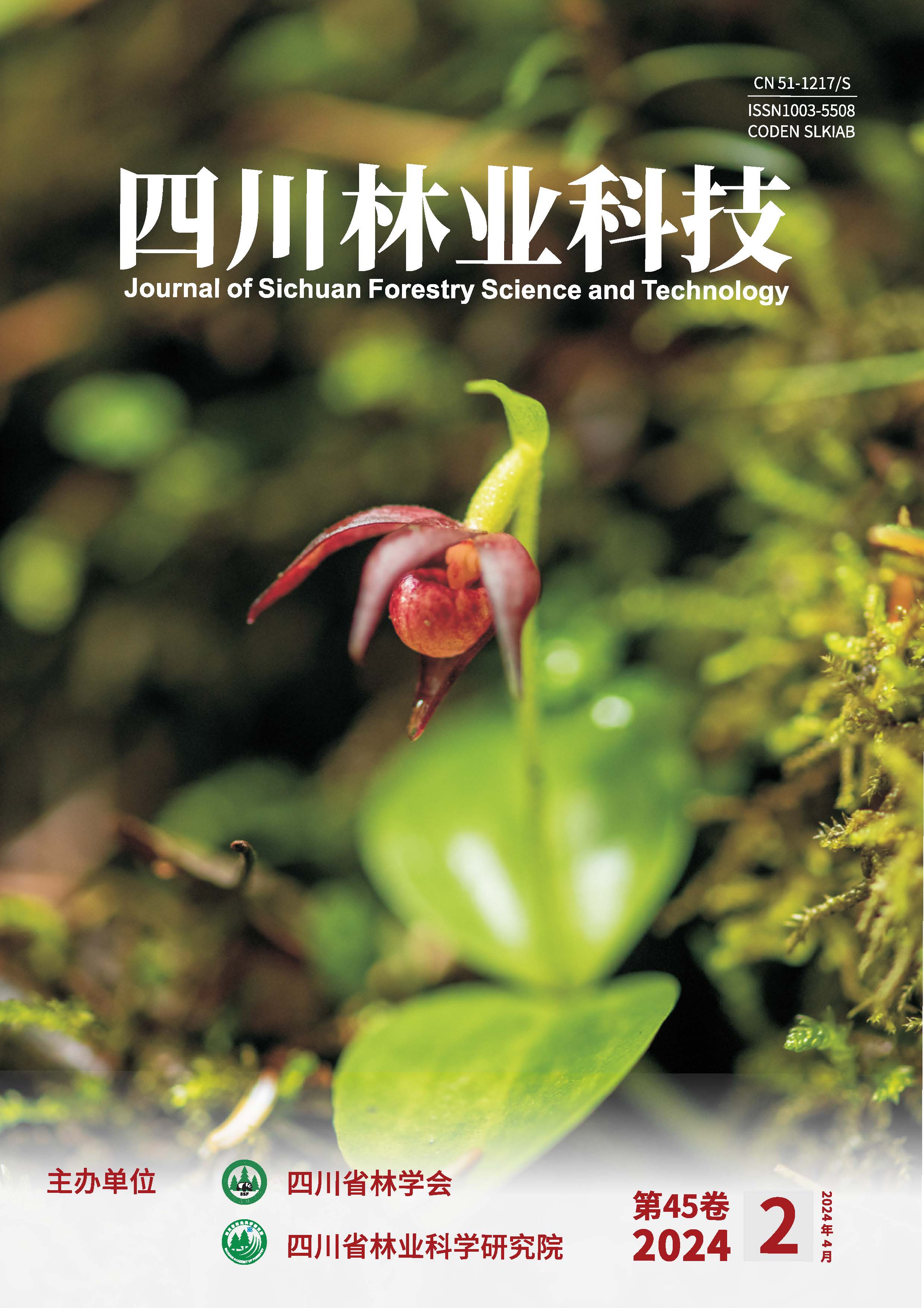
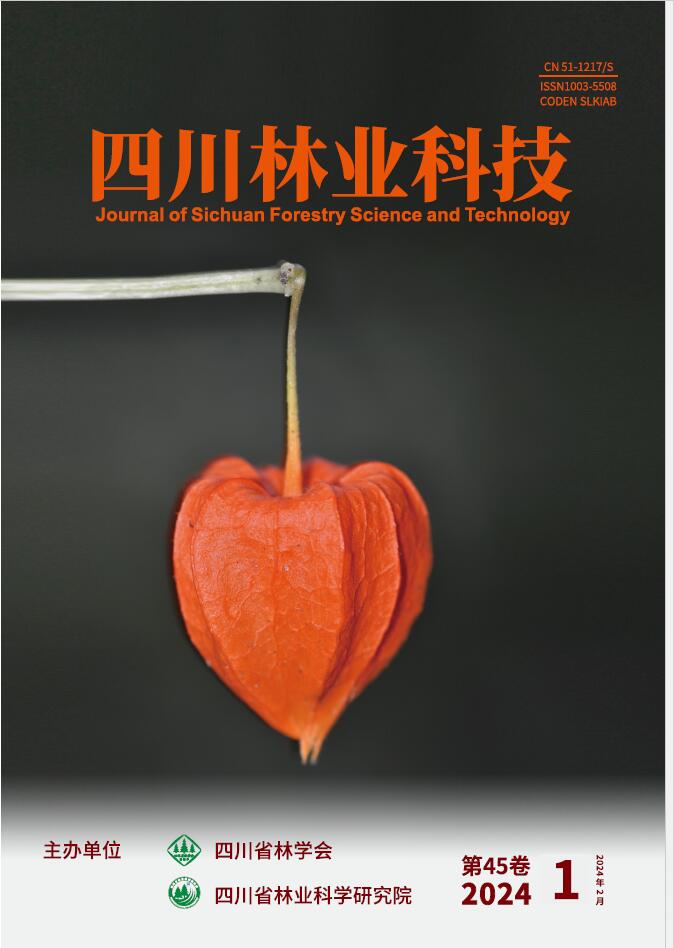
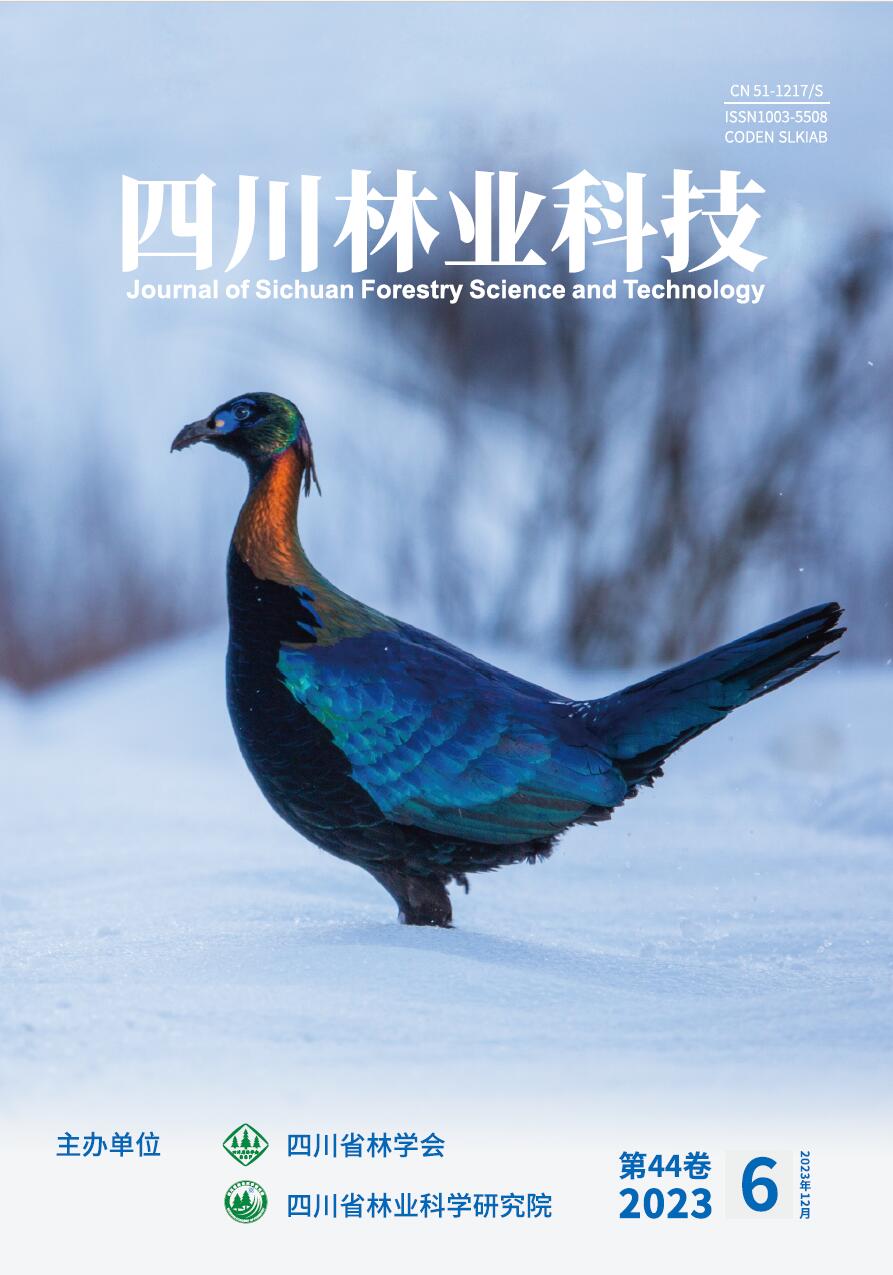
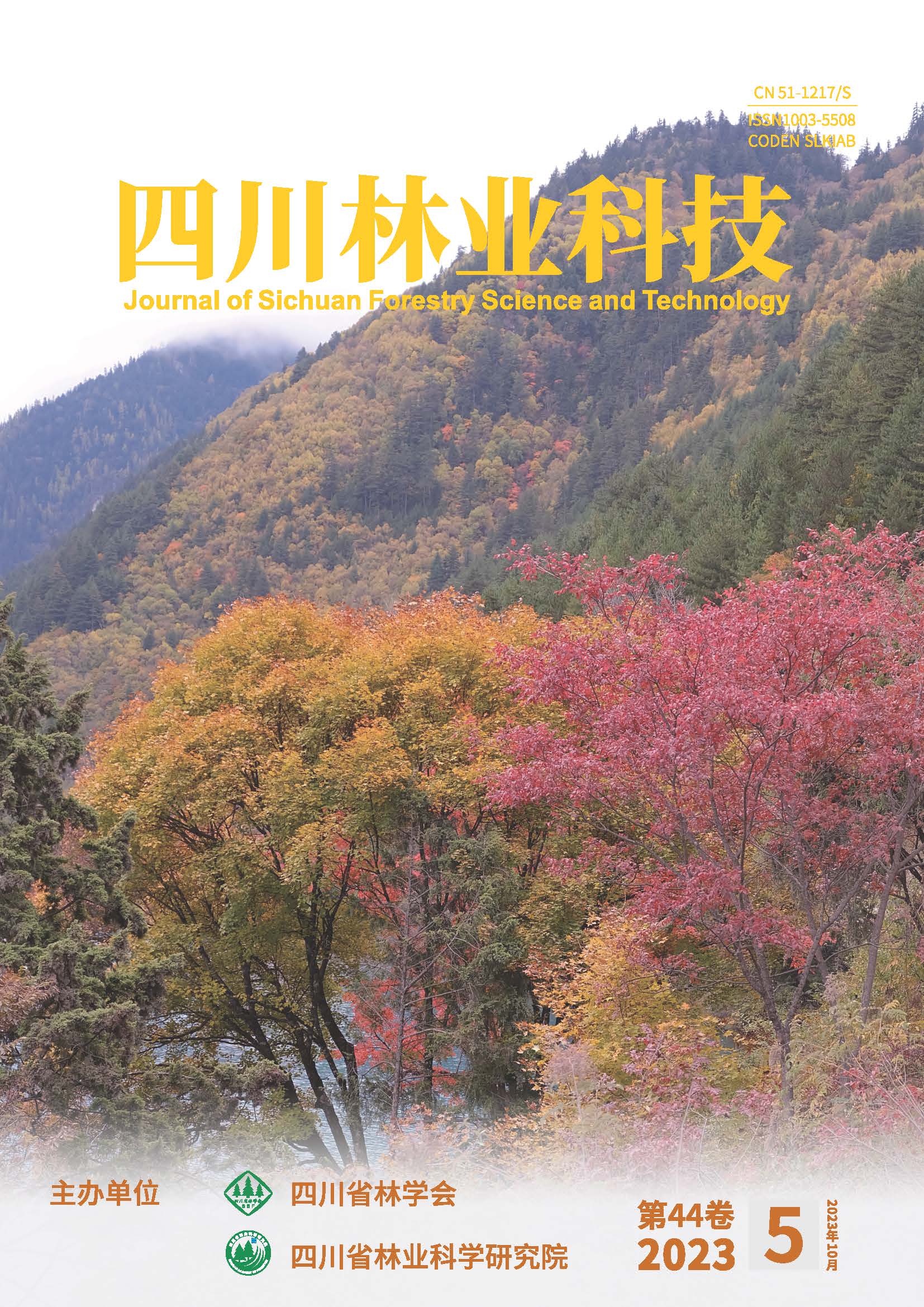
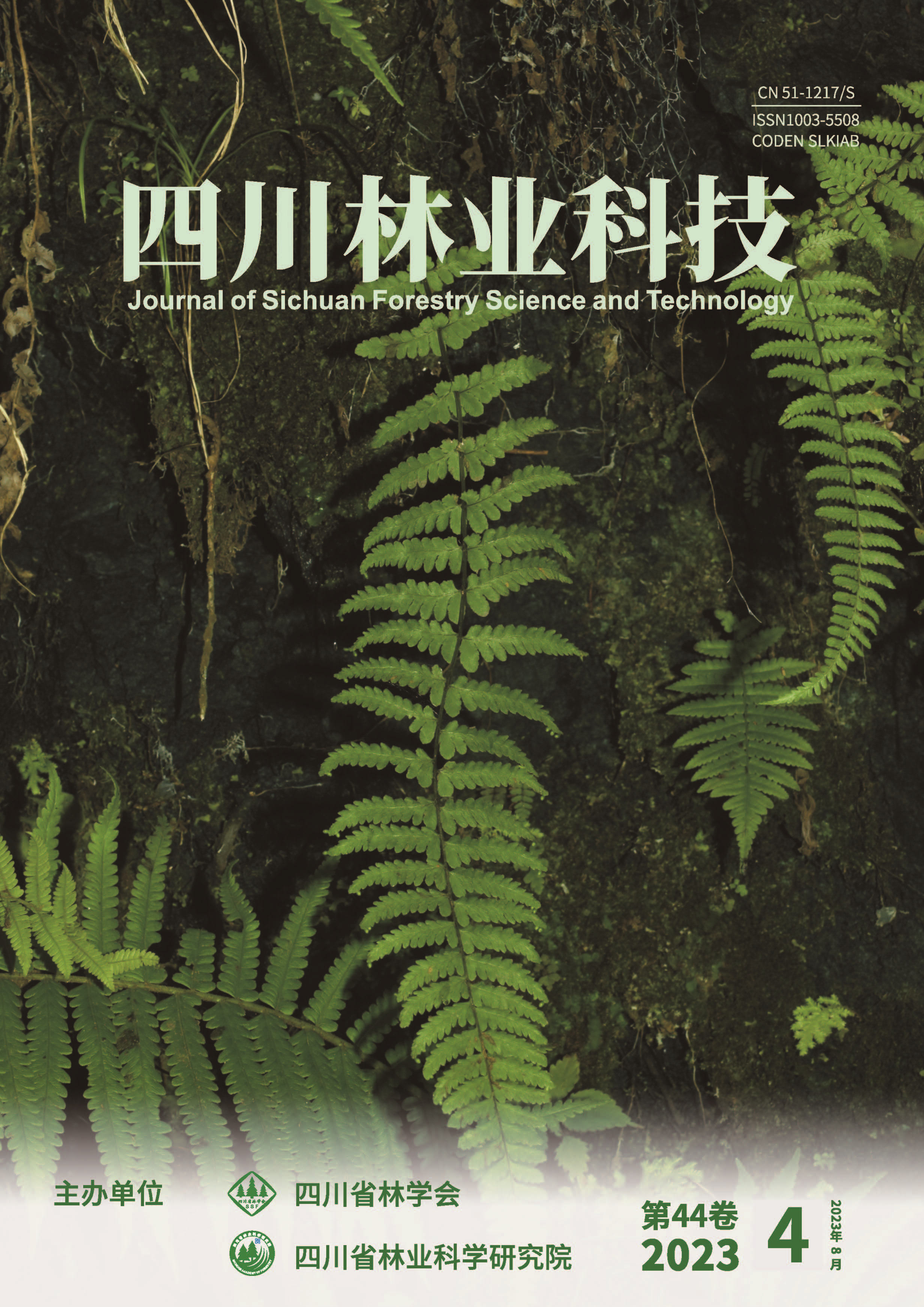
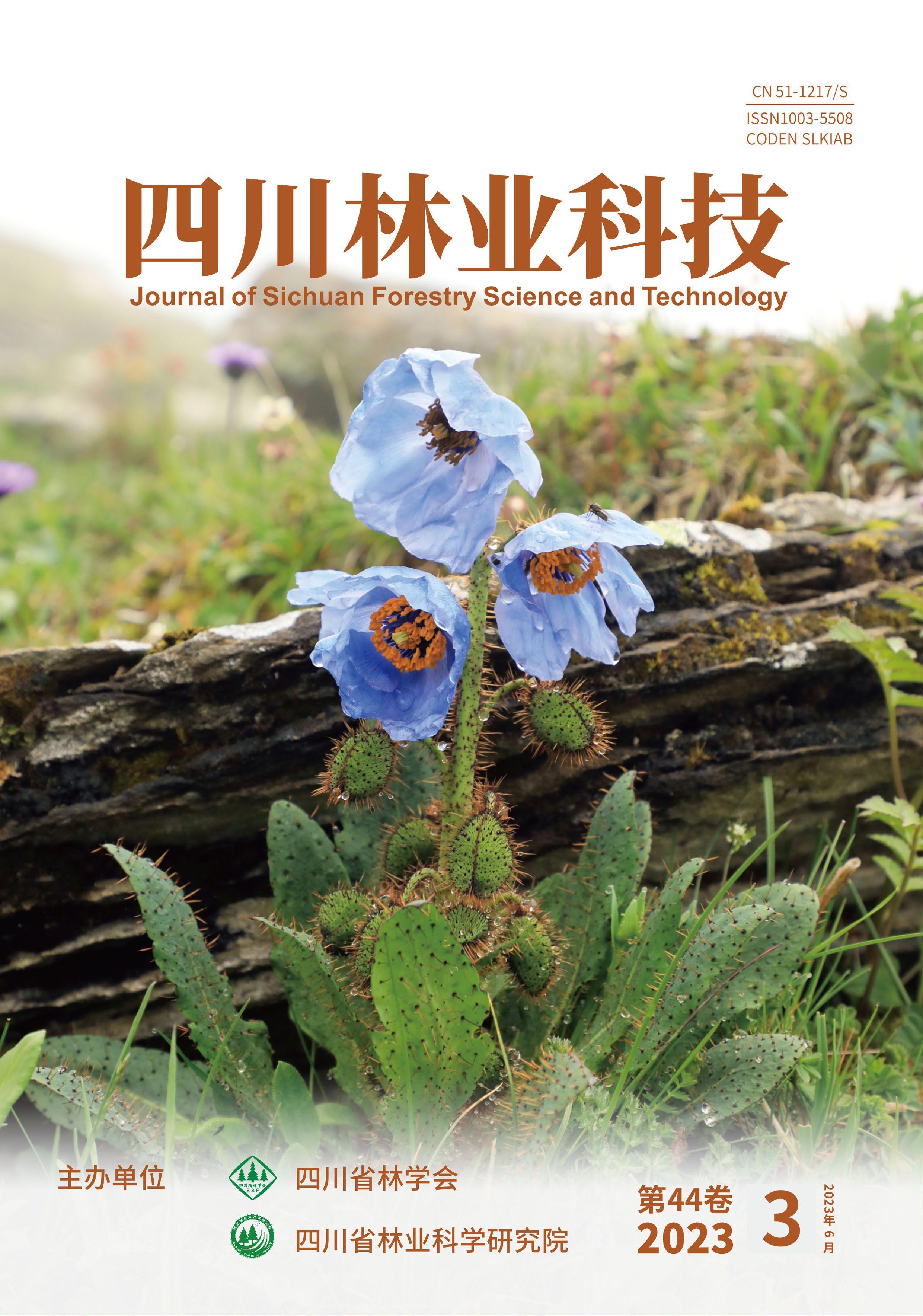
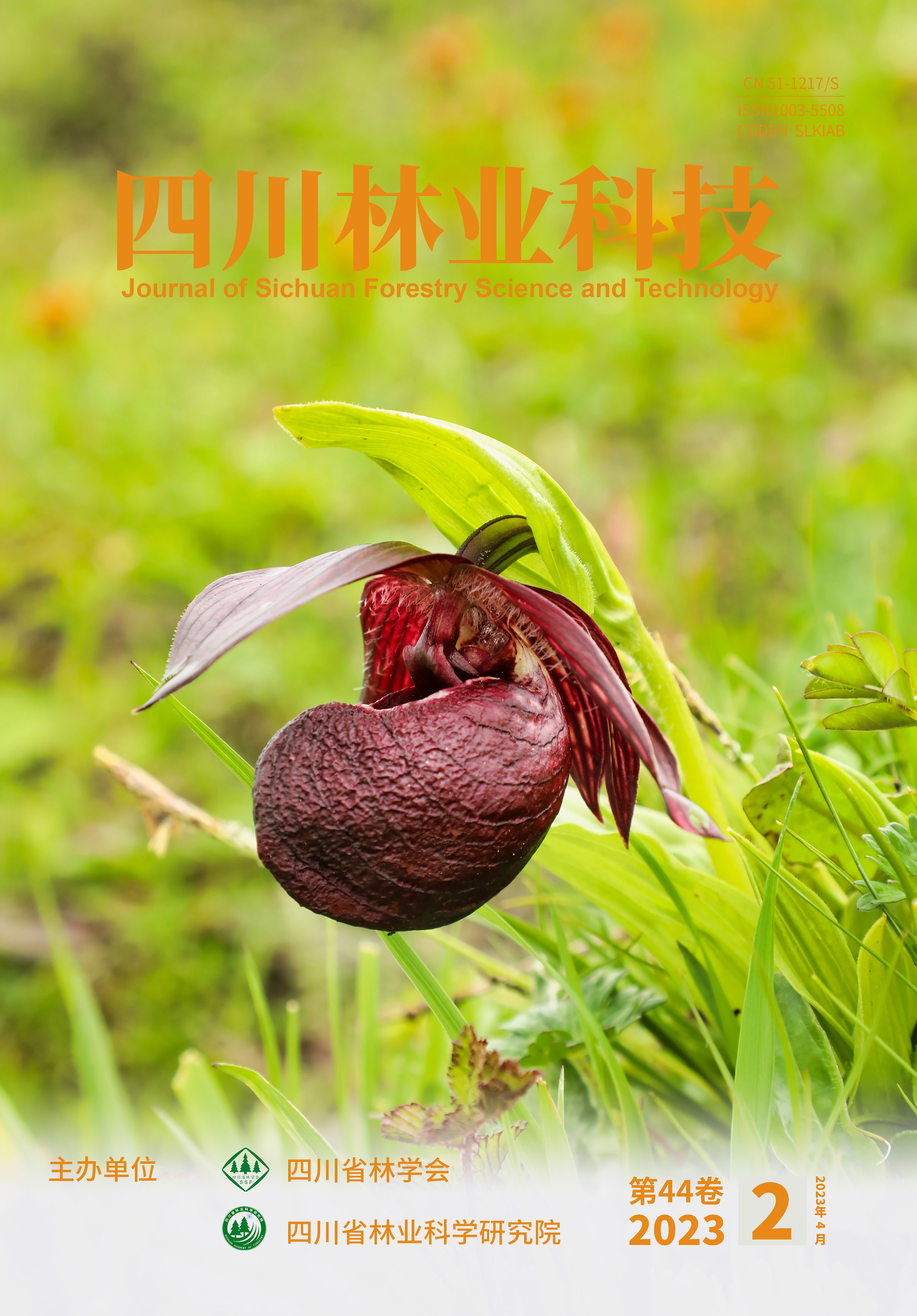
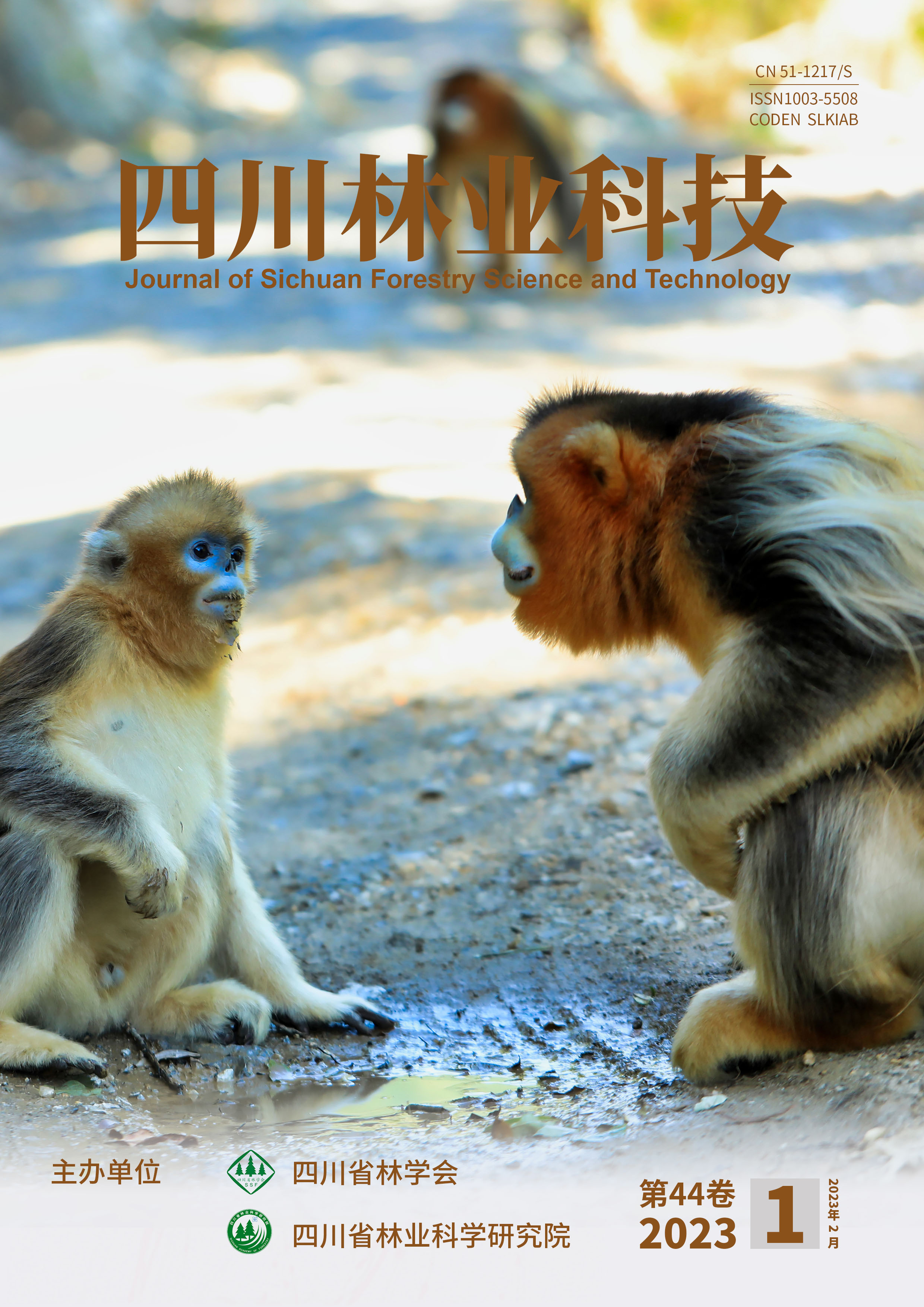


 DownLoad:
DownLoad: